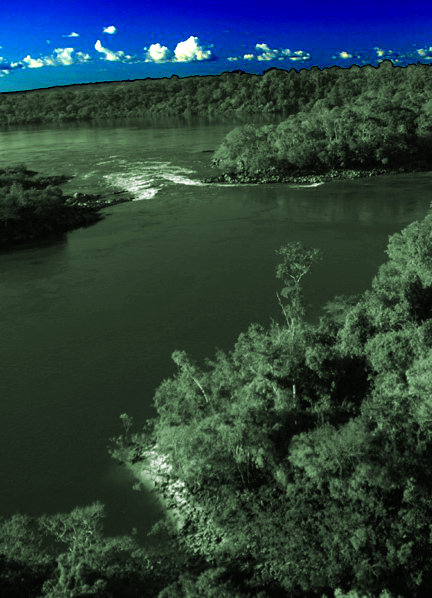Cuts and climate change hit Amazon hard
 Some parts of the Amazon rainforest are now emitting more carbon than storing it.
Some parts of the Amazon rainforest are now emitting more carbon than storing it.
Researchers suggest that deforestation and regional climate change are threatening the atmospheric carbon buffering potential of the Amazon rainforest.
The Amazon rainforest represents the greatest expanse of tropical forest in the world.
As a result, the region plays a vital role in helping to accumulate and store atmospheric carbon.
Factors such as human-induced deforestation and climate change are thought to have stimulated a decrease in the capacity of the carbon sink and altered the local balance of carbon gases, which is indicative of the health of an ecosystem.
Researchers from Sao Paulo have collated aircraft observations of carbon dioxide and carbon monoxide concentrations in the troposphere — the lowest layer of the Earth’s atmosphere — above Brazilian Amazonia from 2010 to 2018.
Analysis of over 600 vertical profiles (extending from the surface to around 4.5 km above sea level) at four sites revealed that total carbon emissions in eastern Amazonia are greater than those in the west.
More specifically, southeastern Amazonia is pinpointed as a particular net carbon emitter, switching from being a sink to being a substantial carbon source over the study period.
The authors propose that stress inflicted on local ecosystems and an increase in fire occurrence - promoted by an intensification of the dry season and an increase in deforestation - may be responsible for these higher eastern carbon emissions.
By revealing an association between deforestation and climatic changes across Amazonia, this study suggests that such interactions may have lasting, negative consequences for both the carbon balance of the region and the fragility of its ecosystems.
The full study is accessible here.







 Print
Print